It is difficult to overestimate the role of the car in the life of a modern person. Having our own car, we are not only free to choose a point on the map where, if there is a road, we can get, but also free to decide what time of the year, time of day and night we can make this trip. And if driving on winter tires in summer is more an economic issue (rapid wear of winter tires at freezing temperatures, increased fuel consumption), then driving on summer tires in winter is primarily a matter of the safety of your and other road users. The editors of the site "bestx.htgetrid.com/en/" will help you understand the issue of choosing winter tires.
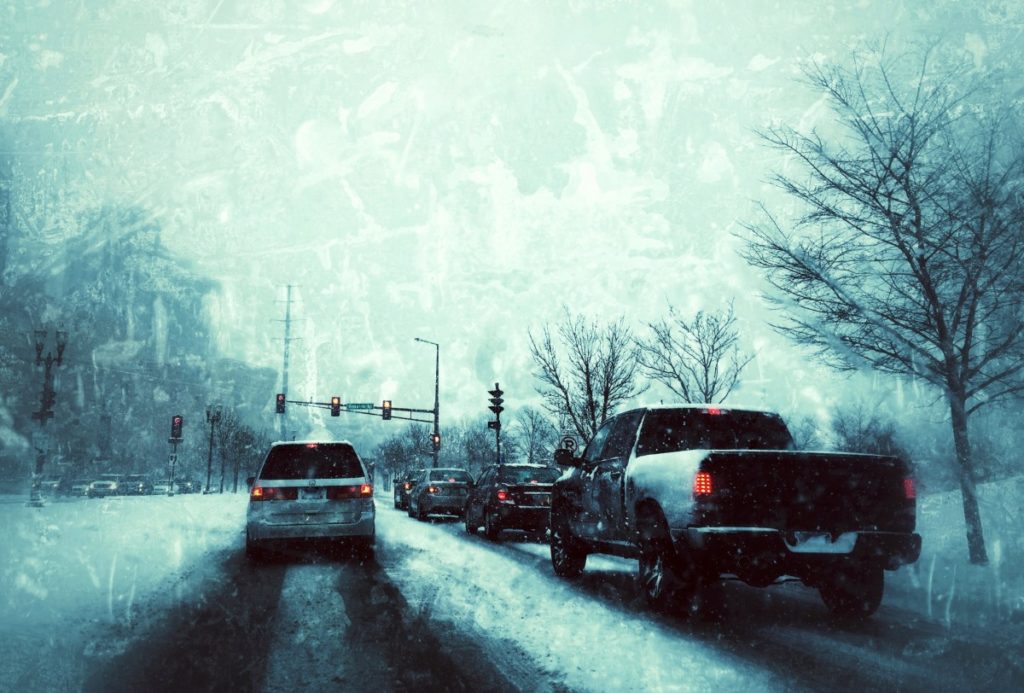
Content
- 1 How to choose winter tires: criteria
- 2 Best Studded Winter Tires
- 3 The best winter tires with a symmetrical non-directional pattern
- 4 The best winter tires with a symmetrical directional pattern
- 5 The best winter tires with an asymmetric pattern
- 6 The best winter tires for crossovers and SUVs for all types of roads
How to choose winter tires: criteria
First of all, a winter tire differs from a summer tire in its rubber composition and tread pattern, which provide better grip on icy and snow-covered roads. To achieve good handling and directional stability of the car, to ensure effective deceleration and braking, such indicators as fuel economy, wear resistance and rubber noise are sacrificed. Winter tires have a special designation in the form of mountain peaks with a snowflake inside and the inscription “M + S”, which means “Mud + Snow”.
Load and speed index
We start choosing a tire with the load index and speed indicators, which are indicated immediately after the tire size. With the speed index, everything is simple - we take it in the operating instructions, look at the maximum speed of the car, or the speed that will not be exceeded during the operation of the car, and we determine the speed index from the plate.
| Speed, km / h | Speed index | Speed, km / h | Speed index |
| F | 80 | R | 170 |
| G | 90 | S | 180 |
| J | 100 | T | 190 |
| K | 110 | U | 200 |
| L | 120 | H | 210 |
| M | 130 | V | 240 |
| N | 140 | W | 270 |
| P | 150 | Y | 300 |
| Q | 160 |
For example, the maximum speed declared by the car manufacturer is 182 km / h, respectively, the speed index of the tires purchased must be at least "T" (190 km / h). The tire manufacturer guarantees that the tire will withstand the load corresponding to the load index at a speed not exceeding the corresponding speed index.
If you buy tires with a lower speed index, then you simply limit the driving speed in accordance with the speed index indicated on the tire, thereby ensuring driving safety.
The load index is a little more complicated. The distribution of the load along the axles of an empty and a loaded car is different, since we place the load in the cabin and trunk, and the engine remains above the front axle constantly, regardless of the load of the car. There is no point in making complex calculations, especially since tire manufacturers provide a certain margin of tire loading depending on the size, but it is still worth determining the load index below which one cannot go.
The load on the busiest axle of a passenger car does not exceed 60% of the maximum permissible vehicle weight.Information on the maximum permissible vehicle weight is in the vehicle passport and is set by the vehicle manufacturer. We divide the resulting figure by the number of wheels on the axle (usually two) and we get the load on one wheel. According to the table, we determine the nearest larger load index.
| Load index | tire load, kg | Load index | tire load, kg | Load index | tire load, kg |
|---|---|---|---|---|---|
| 60 | 250 | 81 | 462 | 102 | 850 |
| 61 | 257 | 82 | 475 | 103 | 875 |
| 62 | 265 | 83 | 487 | 104 | 900 |
| 63 | 272 | 84 | 500 | 105 | 925 |
| 64 | 280 | 85 | 515 | 106 | 950 |
| 65 | 290 | 86 | 530 | 107 | 975 |
| 66 | 300 | 87 | 545 | 108 | 1000 |
| 67 | 307 | 88 | 560 | 109 | 1030 |
| 68 | 315 | 89 | 580 | 110 | 1060 |
| 69 | 325 | 90 | 600 | 111 | 1090 |
| 70 | 335 | 91 | 615 | 112 | 1120 |
| 71 | 345 | 92 | 630 | 113 | 1150 |
| 72 | 355 | 93 | 650 | 114 | 1180 |
| 73 | 365 | 94 | 670 | 115 | 1215 |
| 74 | 375 | 95 | 690 | 116 | 1250 |
| 75 | 387 | 96 | 710 | 117 | 1285 |
| 76 | 400 | 97 | 730 | 118 | 1320 |
| 77 | 412 | 98 | 750 | 119 | 1360 |
| 78 | 425 | 99 | 775 | 120 | 1400 |
| 79 | 437 | 100 | 800 | 121 | 1450 |
| 80 | 450 | 101 | 825 | 122 | 1500 |
For example, with a maximum permissible vehicle weight of 2800 kg, the tire must have a load index of at least 102 (850 kg).
Tire size
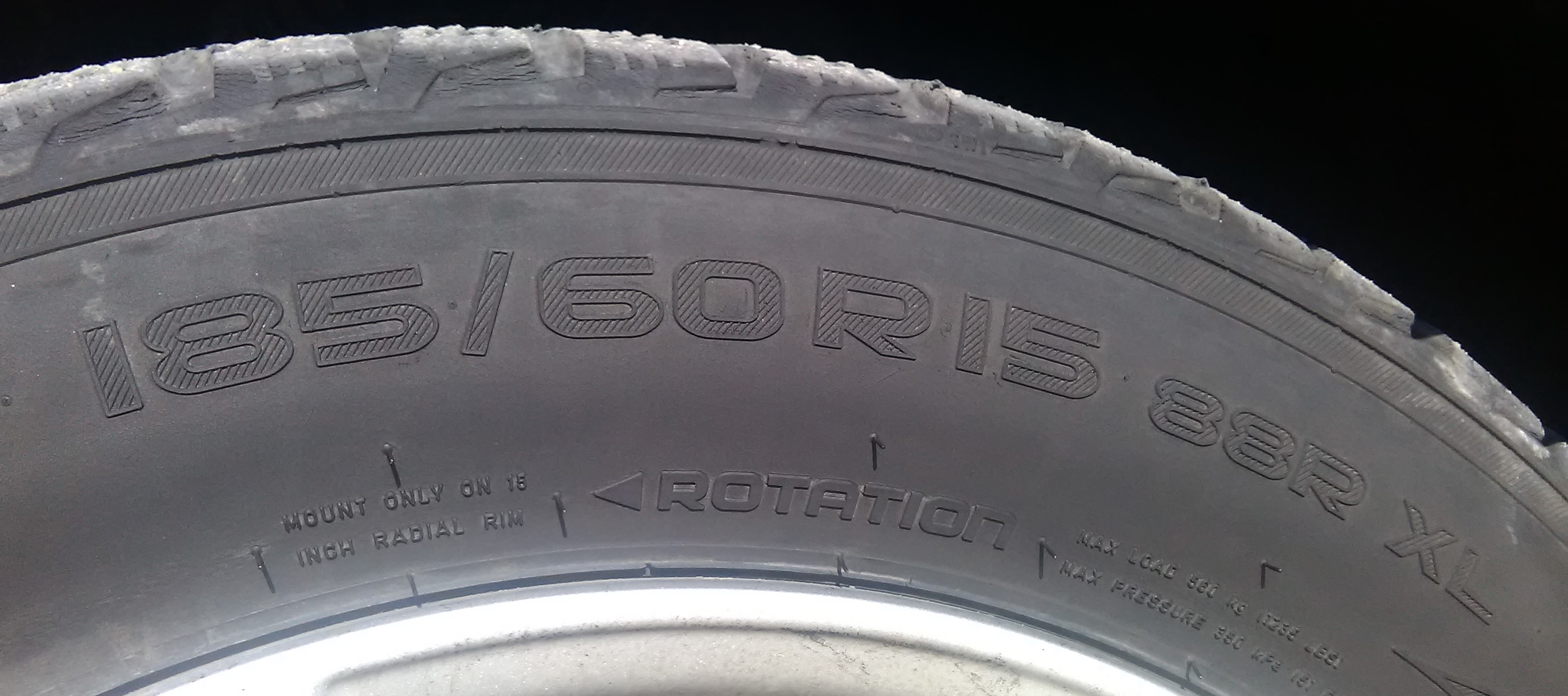
The vehicle manufacturer gives recommendations on the size of tires that can be installed on a particular vehicle. These recommendations are included in an information plate, which can be located on the inside of the fuel filler flap or on the B-pillar in the area of the front door on the driver's side.
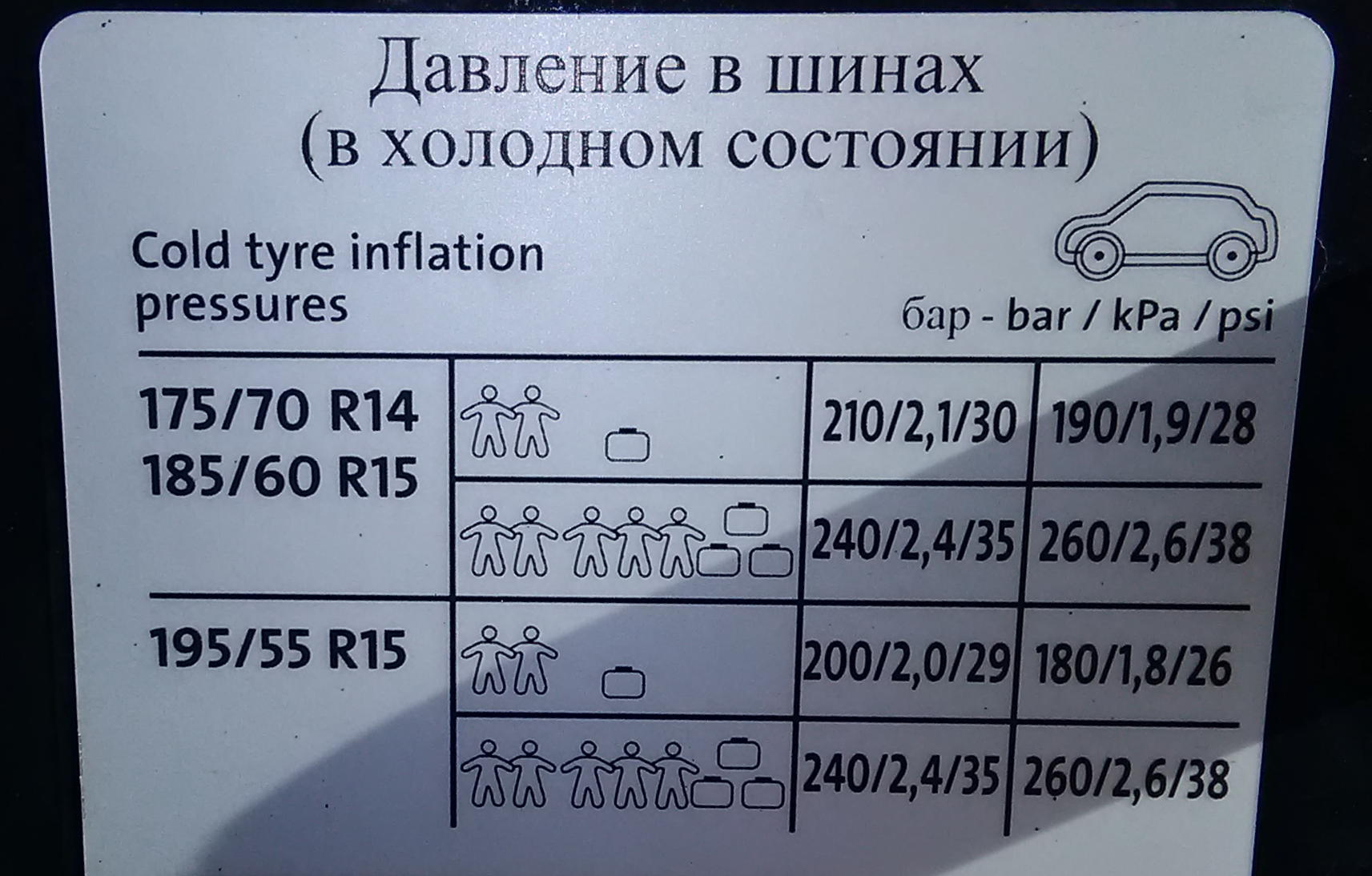
How to correctly decipher a set of numbers and letters in a tire size. Let's look at a specific example from the photo - 175/70 R14.
- 175 is the tire profile width (wheel width) in mm.
- 70 is the profile height (dimension from the edge of the rim to the outer diameter of the wheel) as a percentage of the width, that is, 70% of 175 mm - 122.5 mm.
- R - means that the tire is radial (this refers to the features of the cord structure). In addition to radial tires, there are diagonal tires (without designation or with a designation with the letter “D”) and diagonally directed tires (designated with the letter “B”).
14 - landing diameter in inches (355.6 mm).
When choosing a tire with a larger or smaller profile width, it is necessary to take into account the change in the profile height so that the outer diameter of the wheel remains the same, at the level of the recommendations of the car manufacturer. When the outer diameter of the wheel increases by 1% from the recommended one, the speed on the speedometer will differ from the real speed by the same 1%, since the speedometer readings are formed from the readings of the ABS sensors, which read the wheel speed. This is often enough to receive a receipt for the payment of a fine for speeding. The step of changing the profile width is 10 mm, the step of changing the height of the profile is 5%.
- For example:
175/70 R14 - profile height 122.5 mm, outer wheel diameter approximately 600.6 mm; - 185/65 R14 - profile height 120.25 mm, outer wheel diameter approximately 596.1 mm;
- 165/75 R14 - section height 123.75 mm, outer wheel diameter approx. 603.1 mm.
It is also necessary to take into account the fact that a wheel with increased parameters of the width and height of the profile may not fit in the wheel well. In addition, it can touch the suspension and body parts while driving, which can lead not only to wheel damage, but also to deformation of some parts of the car body, such as a car fender or plastic wheel arch protectors.
If for some reason it is not possible to find a winter tire, in accordance with the manufacturer's recommendations, then it is better to give preference to a tire with a smaller profile width. With a decrease in the area of the contact patch, the specific pressure will increase, and the contact of the car with the road in conditions of ice and snow will be slightly more reliable. The problem of the implementation of the torque on the wheel will have to be neutralized by the driving style, which is inevitable in the winter period.
If used correctly, the tire should travel at least 40,000 km before being replaced.
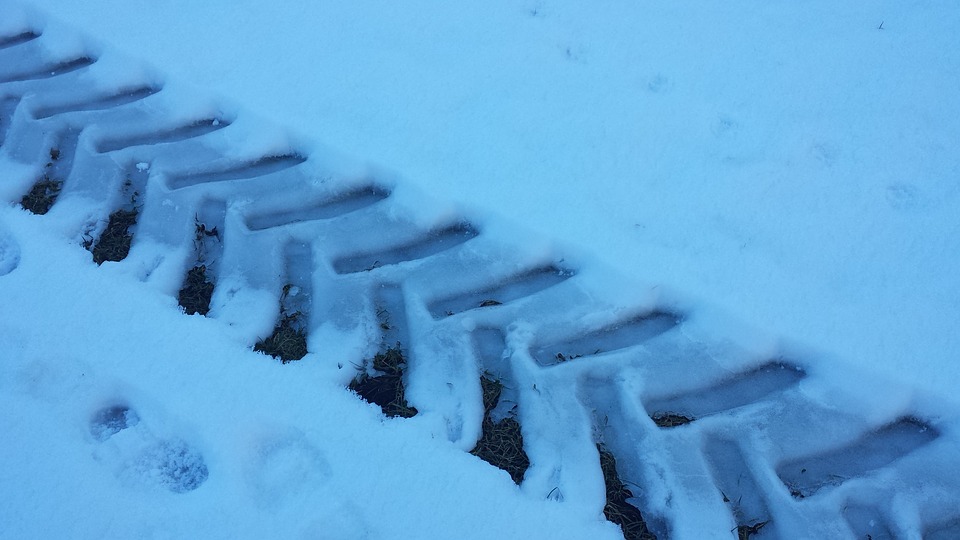
A little about RunFlat technology
RunFlat is a safe wheel, a technology that saves space in the trunk due to the absence of a spare wheel and does not have to replace a damaged wheel on the road, allowing, when equipping a car with an exchange rate stability system, without a noticeable decrease in speed and safety to get to the place of repair or replacement of tires.
Tires made using RunFlat technology have reinforced sidewalls, due to which the wheel can perform its functions for a rather long time even at zero tire pressure, while the driver may not notice that the wheel is damaged. It is for this reason that such tires are recommended to be installed in conjunction with tire pressure monitoring systems.
There is also a negative side to the RunFlat technology.Not only do these tires cost 50-150 percent more expensive than conventional tires, but very often they cannot be repaired and need to be replaced if damaged, which leads to an increase in the cost of using the car.
Types of tire tread pattern
Choosing a winter tire for a tread pattern is very difficult. Intuitively unsuitable rubber can actually be quite predictable in handling with reliable grip on icy roads. The behavior of the tire also changes from the driving style. With intensive slipping, the tires warm up and a thin layer of water appears in the zone of contact with the icy road, which negatively affects the operation of the tire. Winter tires, in addition to wide grooves that remove water from the contact patch, have countless transverse, zigzag sipes that allow the tire to cling to any, even the smallest, irregularities on the road. It is their number, location, length that determine such characteristics of a tire as handling, grip and noise.
Only personal experience and trust in the manufacturer can help in choosing.
The tread pattern of a winter tire can be symmetrical non-directional, symmetrical directional or asymmetrical.
In addition, the winter tire can be studded or non-studded.
Best Studded Winter Tires
Talking about winter tires and not mentioning thorns is like talking about evolution from unicellular organisms to humans and not saying a word about dinosaurs.
Installing studs on tires is one of the first ways to improve the car's behavior on icy roads. There are many supporters and opponents of using studded tires, but, in fairness, it should be noted that there is nothing better than studded tires on ice.
One of the main problems with installing a cleat is to get it to work when needed and not interfere with movement when not needed. Technology does not stand still. Spikes are securely installed in the tire body, tuck, hiding and without interfering, when driving on a hard surface and when road conditions change, bite into ice and snow roll, increasing controllability. Thorns are useless only in loose snow.
The only problem that the engineers have not solved is the significant increase in noise when driving on a studded tire. We will assume that the solution to this problem is a matter of time.
Pirelli Ice Zero 205/55 R16 94Т
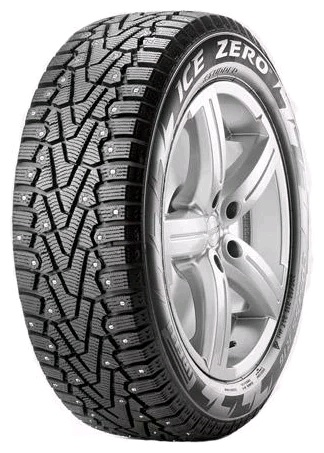
Good tire, wear resistant. The spikes have a wear-resistant alloy head and are securely fixed. The pattern is not overloaded with spikes, but at the same time it has a reliable grip.
Average price of Pirelli Ice Zero 205/55 R16 94Т - 5230 rubles.
Advantages:
- Wear resistance;
- Strength;
- Price.
Disadvantages:
- Very noisy.
Continental IceContact 2 205/55 R16 94Т

Studded tire with an asymmetric pattern. The rubber composition is soft, wear-resistant. Due to the peculiarities of the pattern, it copes well with snow porridge. The cleats are firmly seated in their sockets. One of the quietest studded tires.
Average price Continental IceContact 2 205/55 R16 94Т - 6567 rubles.
Advantages:
- Wear resistance;
- Strength;
- Low noise.
Disadvantages:
- Too soft at low freezing temperatures.
Nokian Tires Hakkapeliitta 9 205/55 R16 94T
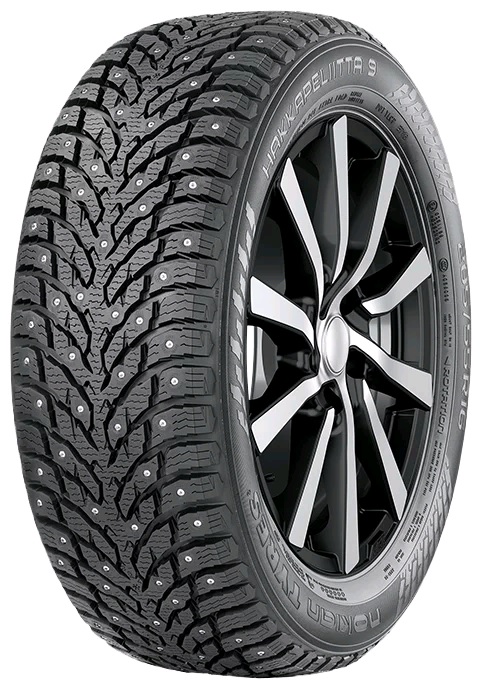
Nokian Tires is an expert in winter tires. The tires of this brand have always been distinguished by good handling and comfort. This tire with a symmetrical directional pattern, thanks to which it effectively cleans itself, copes well not only with ice and snow, but also with shallow loose snow.
The average price of Nokian Tires Hakkapeliitta 9 205/55 R16 94Т - 7135 rubles.
Advantages:
- Controllability;
- Low noise.
Disadvantages:
- Price.
The best winter tires with a symmetrical non-directional pattern
This type of pattern has recently been not the most popular for passenger winter tires. Everything is explained quite simply, such tires quickly become clogged with snow, do not self-clean well, behave unpredictably in turns, although they are quite effective when braking.
During installation, they can be installed as you like. To achieve uniform wear of all wheels, including the spare, you can periodically swap them without thinking about the correct installation in the direction. They are actively used in commercial vehicles.
Hankook Tire Winter RW06 205/55 R16 98 / 96T
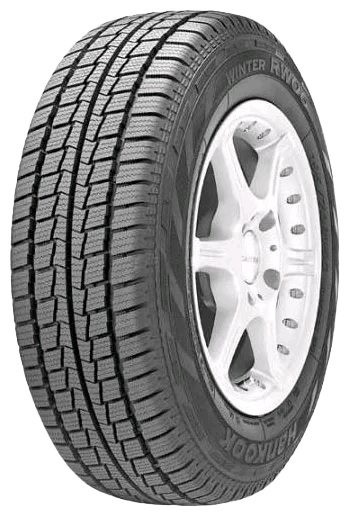
Well balanced, durable and reliable tire, resistant to wear and tear. Possesses good directional stability when moving on snow. Low noise.
The average price of Hankook Tire Winter RW06 205/55 R16 98 / 96T is 6819 rubles.
Advantages:
- Wear resistance;
- Strength;
Disadvantages:
- Tough.
Toyo Н09 205/60 R16 100Т
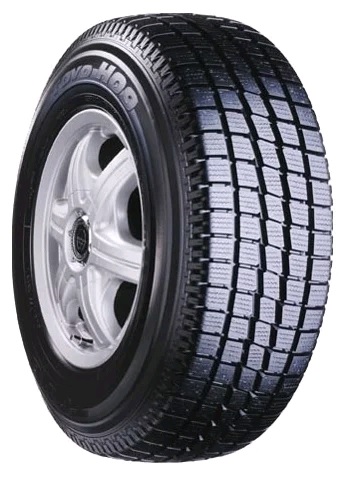
This tire is well balanced and has a high load index. Prone to slip. It has high wear resistance, due to which it has an extended service life.
The average price of Toyo Н09 205/60 R16 100Т is 5345 rubles.
Advantages:
- Carrying capacity;
- Wear resistance.
Disadvantages:
- The tread is clogged with small stones.
Continental VancoWinter 2 205/65 R16 107T
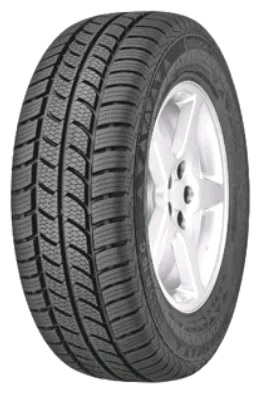
Ideal for commercial vehicles. Snow roll and loose snow overcomes without difficulty. When driving on ice, you need to be careful - it breaks into a skid.
Average price Continental VancoWinter 2 205/65 R16 107T - 7084 rubles.
Advantages:
- Quiet;
- Strong.
Disadvantages:
- Ice is not her element.
The best winter tires with a symmetrical directional pattern
This type of tread pattern is considered to be the best for winter passenger tires. Good self-cleaning ability, reliable grip over the entire area of the contact patch allows a car with such tires to be predictable in handling on a winter road.
Probably 7 out of 10 offers on the winter tire market will have a symmetrical directional type of tread pattern.
The inscription "ROTATION" and an arrow on the sidewall of such a tire indicate the direction of rotation of the tire when the car is moving forward, and it is mounted on the car only in accordance with this indication.
Because of this feature, it is possible to swap wheels on a car, without dismantling from the rims, only on one side.
Continental ContiVikingContact 7 205/55 R16 94Т
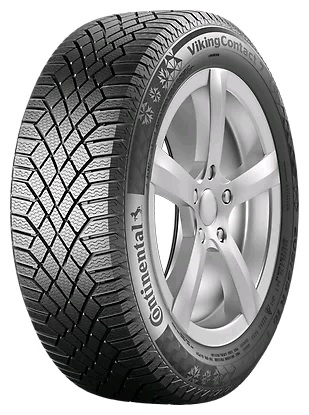
The tire has good grip. The car on these tires has good handling, confident start from a standstill and braking on ice and snow. Due to the softness of the rubber, while driving, the negative influence of minor road defects is smoothed out, and a high level of comfort is created. A tire with low rolling noise.
Average price Continental ContiVikingContact 7 205/55 R16 94Т - 6100 rubles.
Advantages:
- Controllability;
- Confident start and braking on ice;
- Low noise level.
Disadvantages:
- High price.
Yokohama W.Drive V905 205/55 R16 94V
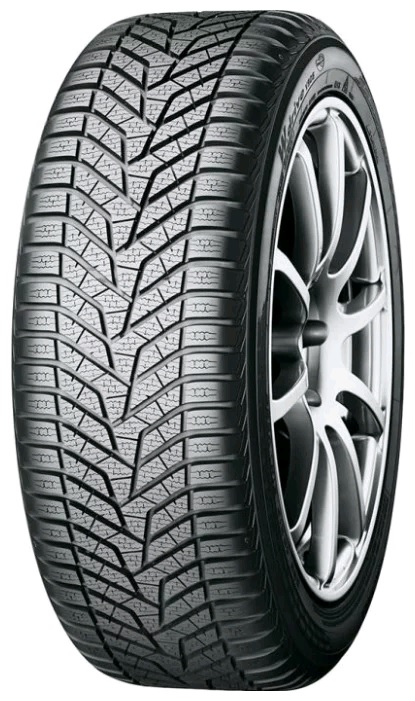
Feels confident on ice, rolling snow, clean and wet asphalt. Spring puddles and rainy autumn are not terrible for her. It has a solid sidewall that protects against accidental side cuts and hernias.
Average price of Yokohama W.Drive V905 205/55 R16 94V - 5684 rubles.
Advantages:
- Quiet;
- Strength;
- Controllability.
Disadvantages:
- Low wear resistance.
Sava Eskimo S3 + 205/55 R16 91Т
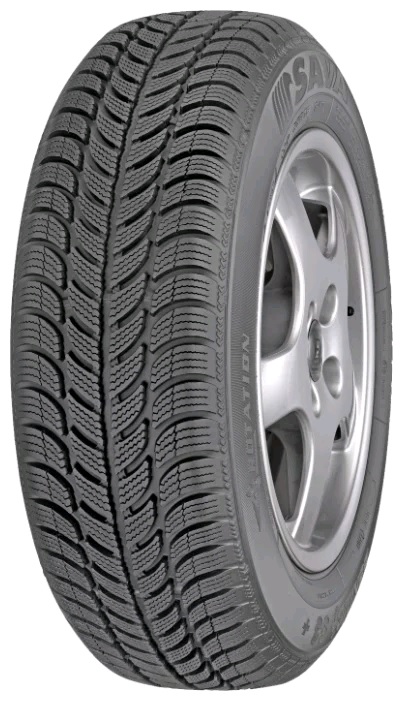
The Sava plant, which is located in Slovenia and has more than 90 years of history, has been wholly owned by Goodyear since 2004. The product quality requirements are very high. The Sava Eskimo S3 + tire, thanks to its large tread pattern elements, copes well with fresh loose snow, behaves predictably on clean asphalt and on roads with rolled snow. Has poor grip on ice, prone to aquaplaning in the off-season. Not resistant to wear when working on asphalt.
Average price of Sava Eskimo S3 + 205/55 R16 91Т - 3951 rubles.
Advantages:
- Price / quality combination;
- Cross-country ability on loose snow.
Disadvantages:
- Ice is not her element
- Low wear resistance.
The best winter tires with an asymmetric pattern
Currently, asymmetric tread patterns are rare on winter passenger car tires. Everything is explained quite simply. The main advantage of asymmetric tires is their low rolling noise. Driving in winter occurs mainly with closed windows and with a permanently operating interior heater.
Indicators such as directional and lateral stability, self-cleaning of tires with a symmetrical directional pattern is even higher in some cases.So it turns out that there is no point in looking for a complex combination of drawing, carrying out a lot of research and testing for the sake of one that is dubious in winter. And the difference in the adhesion coefficient within the contact patch can play a cruel joke if one wheel partially hits the ice, sending the car into a skid.
Yokohama Ice Guard IG50 + 205/55 R16 91Q
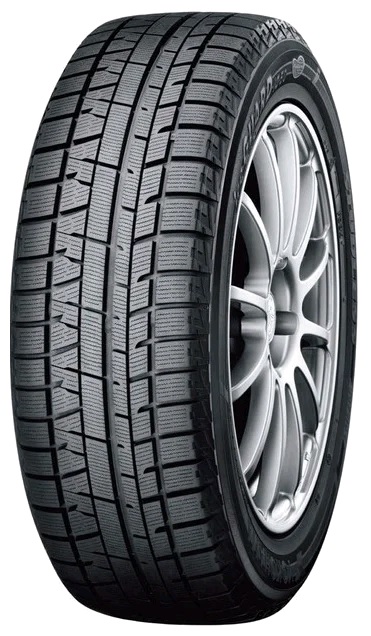
Tires for clean asphalt and short-term use in snow, ice and snow rolling. Has a low noise level and low rolling resistance (which saves fuel). It is prone to slipping and skidding on ice and snow. Has a low speed index.
Average price of Yokohama Ice Guard IG50 + 205/55 R16 91Q - 4499 rubles.
Advantages:
- Low noise level;
- Strength.
Disadvantages:
- Poor handling on ice and snow.
Pirelli Winter Sottozero II 205/55 R16 91H
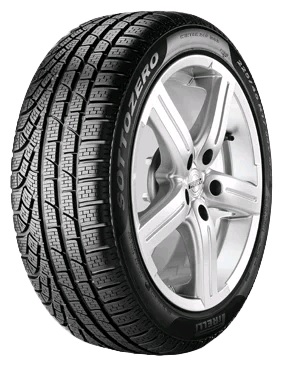
Predictable and well controlled on clean pavement. Soft and comfortable, with low rolling noise. Behaves well when driving on loose snow. Ice and snow roll - not her element, strive to break into a skid.
Average price Pirelli Winter Sottozero II 205/55 R16 91H - 4818 rubles.
Advantages:
- Low noise level;
- Strength;
- Riding comfort.
Disadvantages:
- Poor control when driving on ice and snow.
Bridgestone Blizzak Revo GZ 205/55 R16 91S
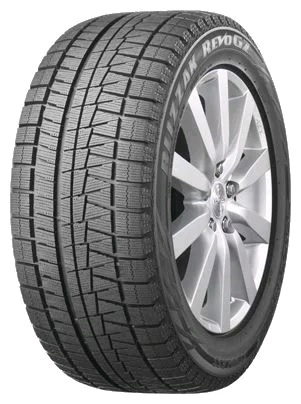
Behaves well in the off-season, in rain or sleet. On clean asphalt, even at very low temperatures, it handles well. When driving on ice, it is prone to skidding, slipping, and can be skidded. Not noisy.
Average price of Bridgestone Blizzak Revo GZ 205/55 R16 91S - 5505 rubles.
Advantages:
- Low noise level;
- High level of comfort when driving on clean asphalt.
Disadvantages:
- Poor handling on ice.
The best winter tires for crossovers and SUVs for all types of roads
Winter brings some relief to those who have to travel off-road, laying the so-called "winter asphalt" everywhere. The ground freezes, making the surface of the country roads and directions hard. There remain two problems - snow and asphalt tracks with ice and snow rolling.
The ability to drive on virgin snow depends on the depth of the snow cover, on the weight and power of the vehicle. If the car is heavy enough not to hang in the air, having raked a pile of snow under its bottom, and powerful enough to overcome snow resistance for a long time without overloading the engine and transmission, then almost any tire marked “A / T "or" M / T ". But driving on a highway with ice or snow can be a real challenge, and here you cannot do without a significant decrease in speed or choosing other tires.
Tires for solving these problems should have rather large grooves of the tread pattern with elements inherent only in winter tires, in the form of small transverse wave-like sipes, which improve grip on ice and snow. Sometimes, in addition to this, spikes are added, which are absolutely useless when driving on snow, but add confidence on an icy road. True, on clean asphalt, already not quiet tires become even more noisy.
The best winter tires with studs
GOODYEAR Ultra Grip Ice Arctic SUV 225/70 R16 107T
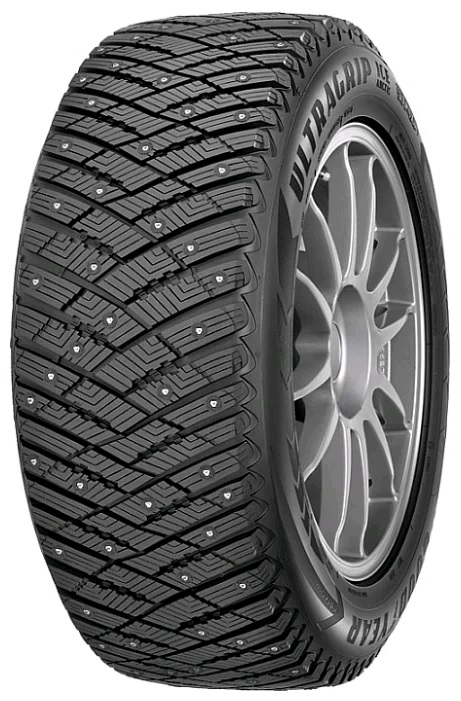
Perfect for driving on snow and slush, and on asphalt. Due to the composition of the rubber, it does not tan at low temperatures, which adds to the ride comfort. It has good directional and lateral stability on all surfaces.
Average price of GOODYEAR Ultra Grip Ice Arctic SUV 225/70 R16 107Т - 8818 rubles.
Advantages:
- Driving comfort;
- Controllability.
Disadvantages:
disadvantages]
- Noisy.
[/ disadvantages]
Nokian Tires Hakkapeliitta LT2 225/75 R16 115 / 112Q
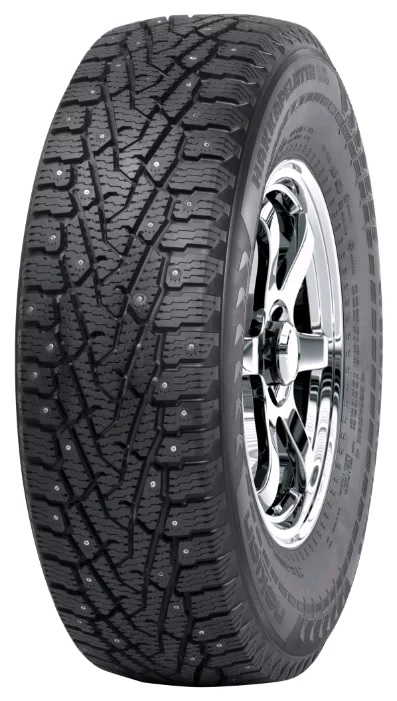
The tires show good handling on ice and snow. They behave well when driving on virgin snow. They have high wear resistance.
Average price of Nokian Tires Hakkapeliitta LT2 225/75 R16 115 / 112Q - 8725 rubles.
Advantages:
- Not noisy;
- Wear resistance;
- Controllability.
Disadvantages:
- Weak cord;
- Difficult to balance;
- The thorns are not very firmly set.
Toyo Observe G3-Ice 225/75 R16 104H
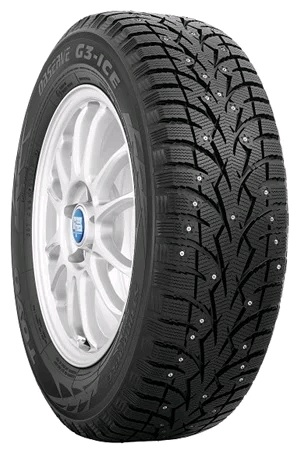
A good tire for little money. It copes with loose snow, and with ice, and with a snow roll, and with dry and wet asphalt. Spikes are securely installed in their original places.
Average price Toyo Observe G3-Ice 225/75 R16 104H - 6350 rubles.
Advantages:
- Price;
- Good balancing;
- Strong stud fit.
Disadvantages:
- Noisiness.
The best winter tires without studs
Dunlop Grandtrek SJ6 225/75 R16 104Q
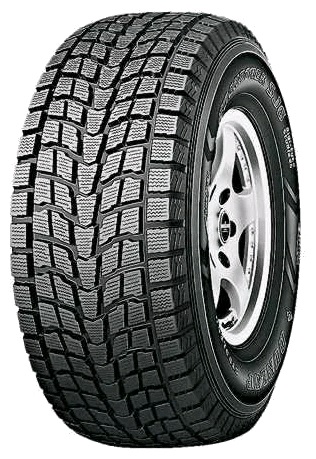
A real winter off-road tire that can move with equal comfort on snow, snow roll, asphalt. Behaves a little insecurely on clear ice.
Average price of Dunlop Grandtrek SJ6 225/75 R16 104Q - 7109 rubles.
Advantages:
- Controllability;
- Riding comfort;
- Low noise.
Disadvantages:
- Weak sidewall;
- Insecure behavior on ice.
MICHELIN Latitude Alpin 2 225/75 R16 108H
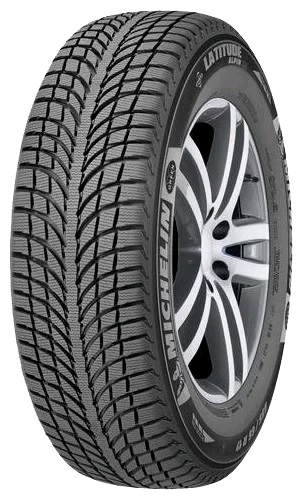
This option is for those who do not often leave the track. The tire behaves well on clean asphalt, copes with ice and snow coasting on a solid four. It is difficult to ride it through snowdrifts, as the tread is quickly clogged with snow and loses grip.
Average price of MICHELIN Latitude Alpin 2 225/75 R16 108Н - 8 475 rubles.
Advantages:
- Low noise;
- Wear resistance.
Disadvantages:
- Poorly copes with loose snow.
Hankook Tire DynaPro i * cept RW08 225/75 R16 104T
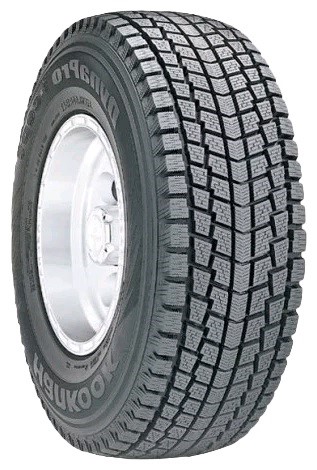
A tire with excellent grip on any surface, be it asphalt, ice, rolled or loose snow. Predictable in management. Rubber remains soft even at very low temperatures. And all this for little money.
Average price of Hankook Tire DynaPro i * cept RW08 225/75 R16 104Т - 6964 rubles.
Advantages:
- Low noise;
- Good directional stability;
- Good grip.
Disadvantages:
- Poor cornering grip.
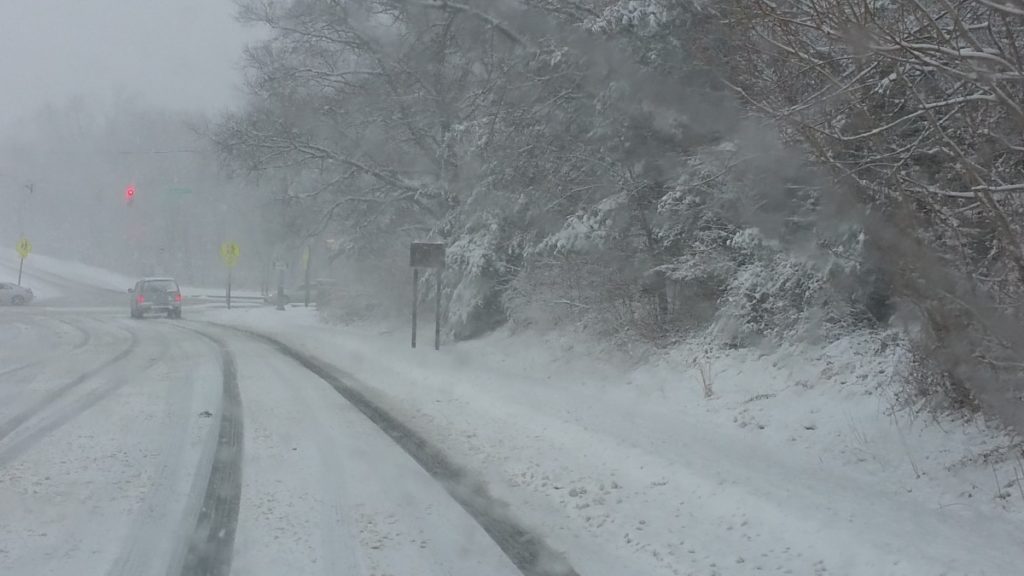
Winter dictates its own rules of behavior on the road. Whether we like it or not, we have to reckon with it. Each driver in the arsenal of knowledge and skills has his own secrets of safe movement on a winter road, this is an increase in distances, and a decrease in the speed of movement, and smoothness of maneuvers. A controlled skid on an icy track can turn into an uncontrolled one in seconds. Winter tires are just a tool for realizing your driving skills, and like any tool, it has certain limitations. The choice of your tire is yours.













